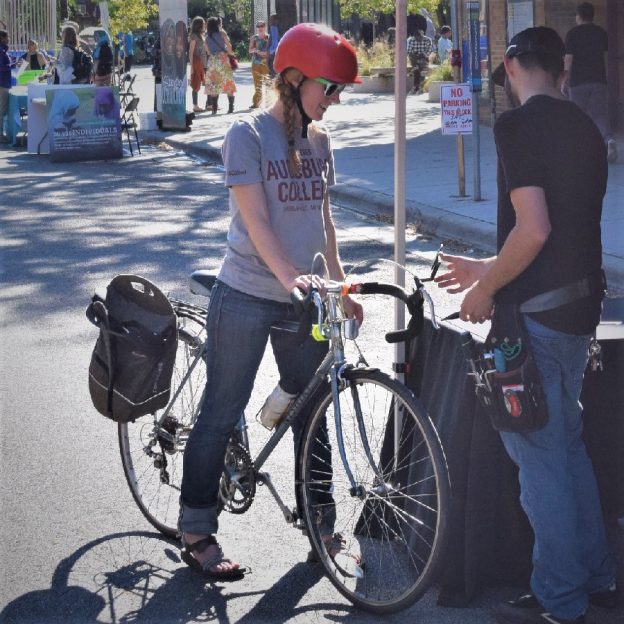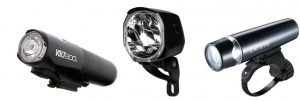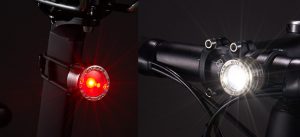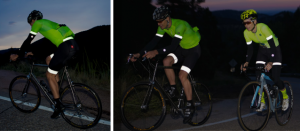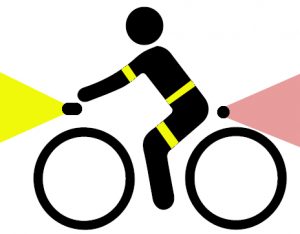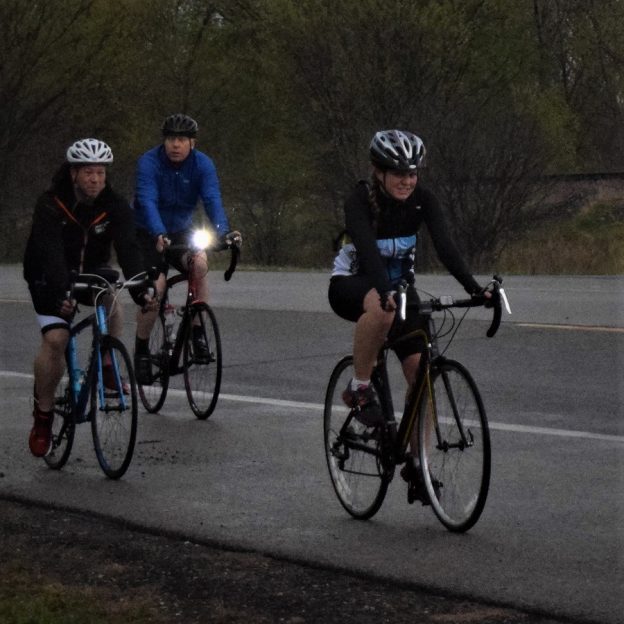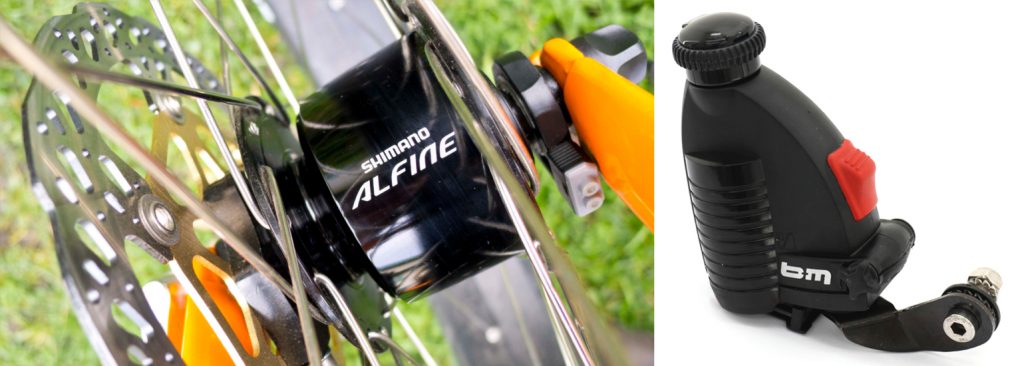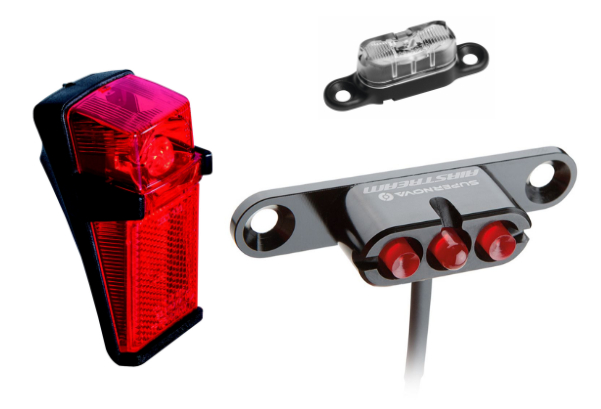by John Brown
I have used a commuter bike almost exclusively for the past twenty years. In that time, I have seen many people put off commuting by bicycle because they felt they didn’t have the right bike. While the right gear is important, many don’t realize that the right equipment is closer than they think. Take a look at how I would build the perfect bike for commuting. It may surprise you how close it might be to that bike hanging in your garage.
The ultimate commuter bike
For the sake of this article, we will start with a bike similar to what many people already have in storage. Take the Marin Farifax SC1, an aluminum hybrid with V-brakes, 24 speeds, and a flat handlebar. This bike is comfortable and efficient for most riders and durable enough for the rigors of daily riding. Additionally, the tires can use a puncture-resistant layer to fight flats.
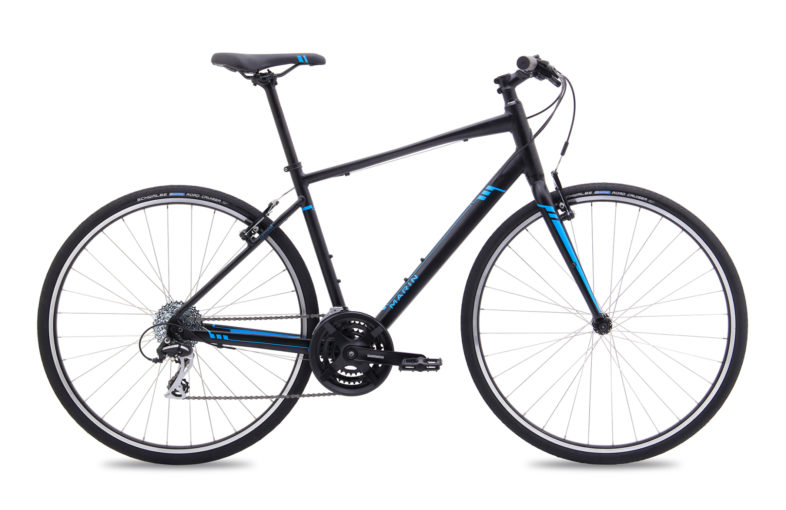
The Fairfax SC1 is similar to bikes you will find in garages everywhere.
The bare minimum to be a commuter bike
As with most road bikes, the Fairfax SC1 is pretty much commuter-ready out of the box. If I were to add one thing, it would be lights. Being visible as a commuter is job #1. While commuting, you typically share time and space with cars, so it is important to let them know where you are. I like to use a good tail light and a strong headlamp. The tail light is kept on blink mode while the headlamp shines bright and steady. This way, vehicles approaching from behind can see me easily, and the light from my headlamp allows others to see me and me to see them.
I would also recommend the basic tools necessary to fix a flat tire. That includes a spare tube, pump, tire levers, patches, and a 1-$ bill. If you have never changed a flat before, practice once or twice at home before heading off on your first trip.
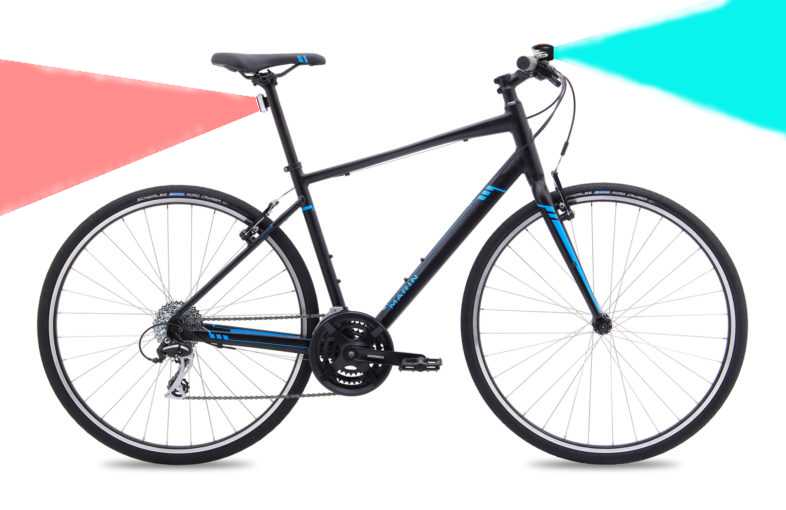
Being visible is a must
Next best thing
If I were to make another suggestion, it would be for a rear rack with bags, or a good backpack. While both options are designed to carry your stuff, they do their jobs slightly differently. A rack and bag combo works well to keep the weight of your gear on the bike and off your back. This option is far more comfortable than a backpack but can be more jarring to your gear (a real concern if you lug a laptop). The backpack is not as comfortable, but is better for your gear, and easier to use if you have more than one bike. For either option I look for something waterproof. Eventually, you will get caught in the rain, and keeping your gear dry is essential.
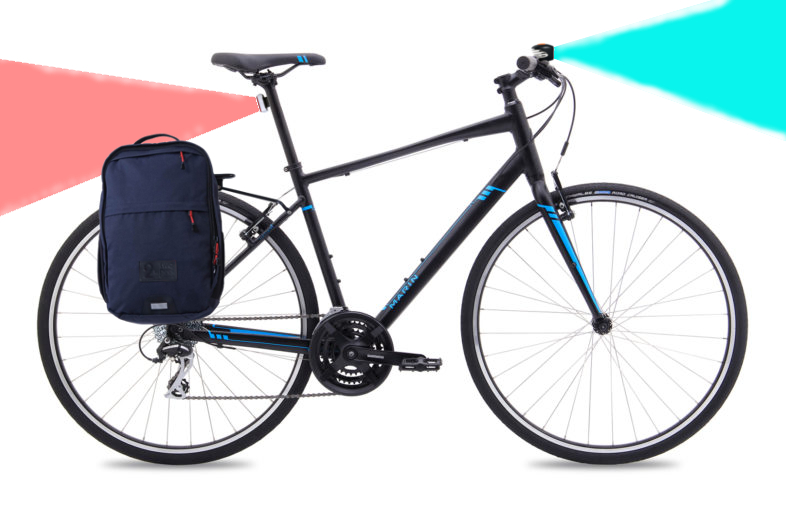
A rack and this bag make carrying your gear easier.
On the subject of Dry
While not a necessity, fenders are a welcome addition to any commuter bike. I prefer the permanent, bolt-on style fender. They keep you dryer and stay in place better than the clip-on variety. The fender does an amazing job of keeping you dry when the road surface is wet.
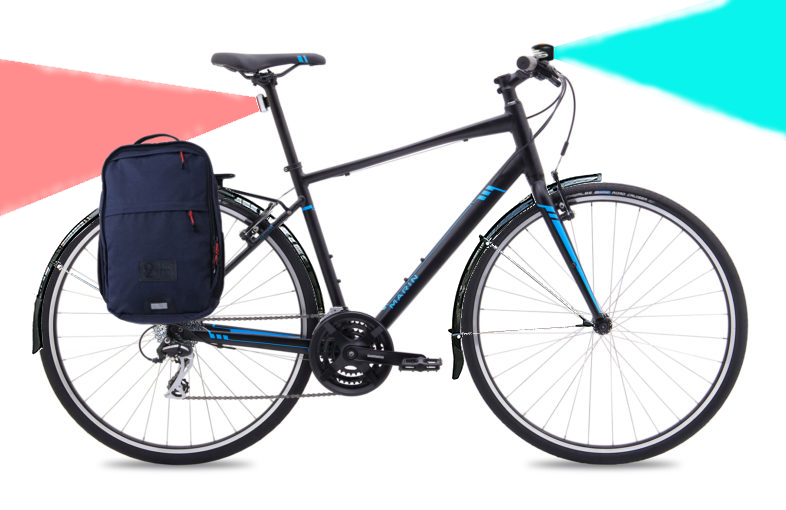
Fenders round out the commuter bike build.
The ultimate commuter bike
Okay, I know “The Ultimate” gets thrown around a lot, and it’s probably a better headline to grace the cover of Cosmo than HaveFunBiking. So, this is an overview of my ultimate commuter. As a base, I will start with the Marin Fairfax SC6 DLX or a similar-style and model bike that fits better. If you don’t have a bicycle in storage for your optimum build, look around to see what is available in your market. With new or used bicycles, and e-bikes, always test ride to see what you like best.
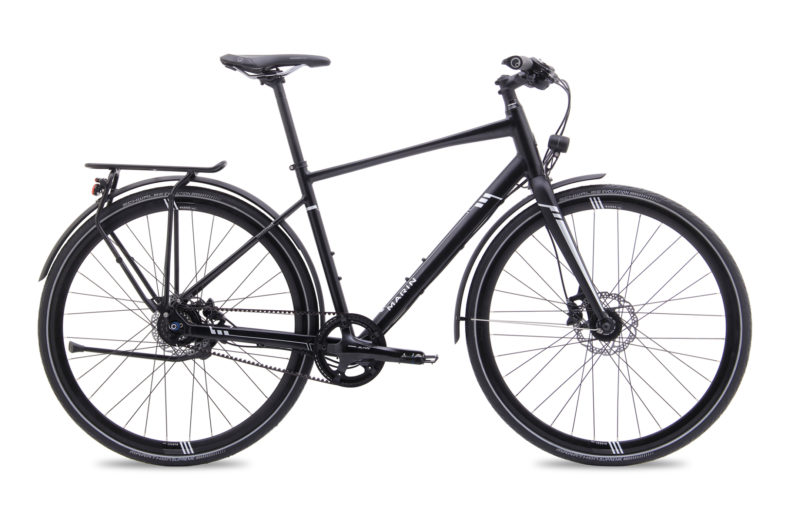
Marin’s Fairfax SC6 DLX is a fully loaded commuter.
Why I like the Fairfax SC6 DLX it uses a generator front hub, Internally geared rear hub, belt drive, full fender set, hydraulic disc brakes, and a full carbon fork. The things I would change to make it even better is to use lighter rims (light weight wheels make a bike ride easier), and a Carbon handlebar to quiet some of the road noise. Other than that, I would probably lose the rear rack (as I prefer a backpack) and install some egg-beater clipless pedals
Everything else
Beyond the bike, there are lots of other topics that arise when you start commuting by bike. Like, what to wear, how to care for my bike, rain riding, etc. Rather than focusing on those concerns, I encourage you to think about how you will enjoy your increased fitness, what you will feel like when you lose those extra few pounds, and what amazing things you will create after you kickstart your mind aboard two wheels.
